Identify (A) to (F).
i. 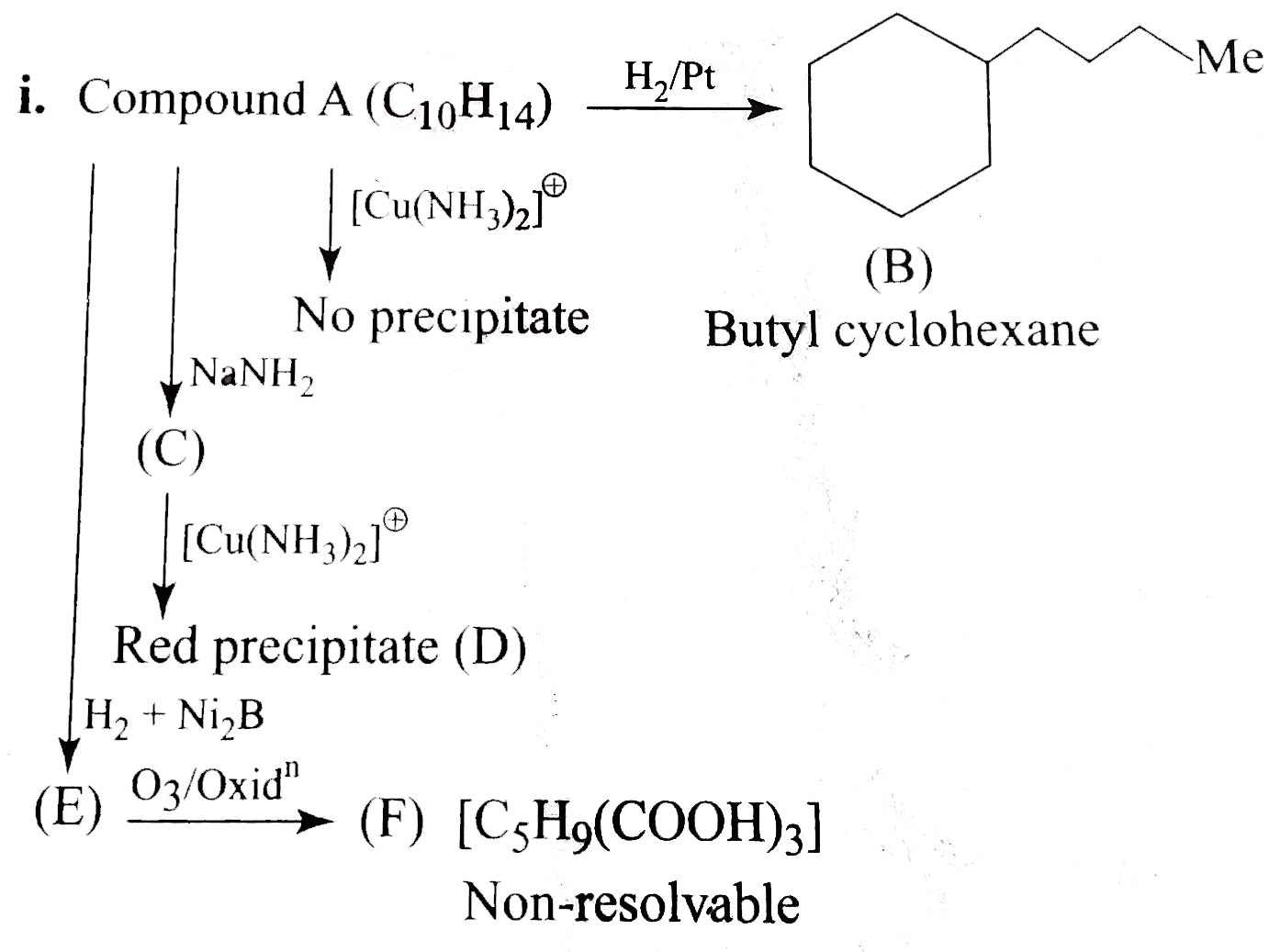
ii. What would be the structure of (A) if (F) is resolvable?
Video Solution
Text Solution
1. DU in (A)=(2nC+2)−nH2=(2×10+2)−142=4∘
(A) does not give precipitate with [Cu(NH3)2]⊕ initially (shows internal alkyne), but gives precipitate with [Cu(NH3)2]⊕ after treatment of (A) with NaNH2. This shows shifting of (C≡C) bond from internal alkyne to terminal alkyne. Skeleton of (A) must be same with the skeleton of (B). Therefore, in (A) there are 2 DU for one (C≡C) (internal alkyne), 1 DU for ring, and 1 DU for (C≡C) in the ring.
Location of one (C≡C) bond in the ring:
(F) is optically inactive 8C-tribasic acid. Also, 2C-fragment is lost on oxidative ozonolysis of (E). (F) must contain at least two same groups so that (F) is optically inative.
Structure of (F) can be:
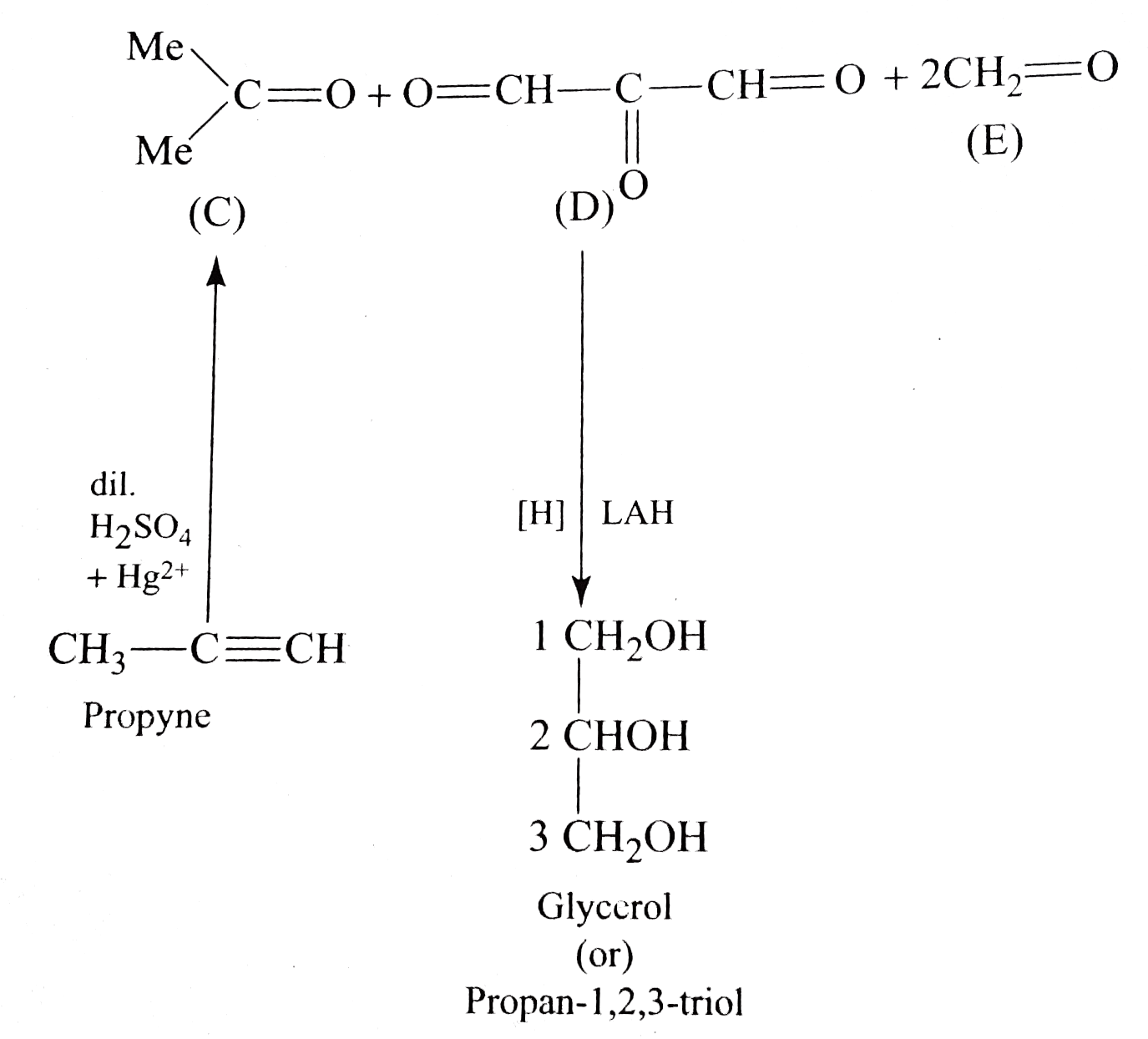
So it is optically inactive.
Three possibilities of structure (A) may be:
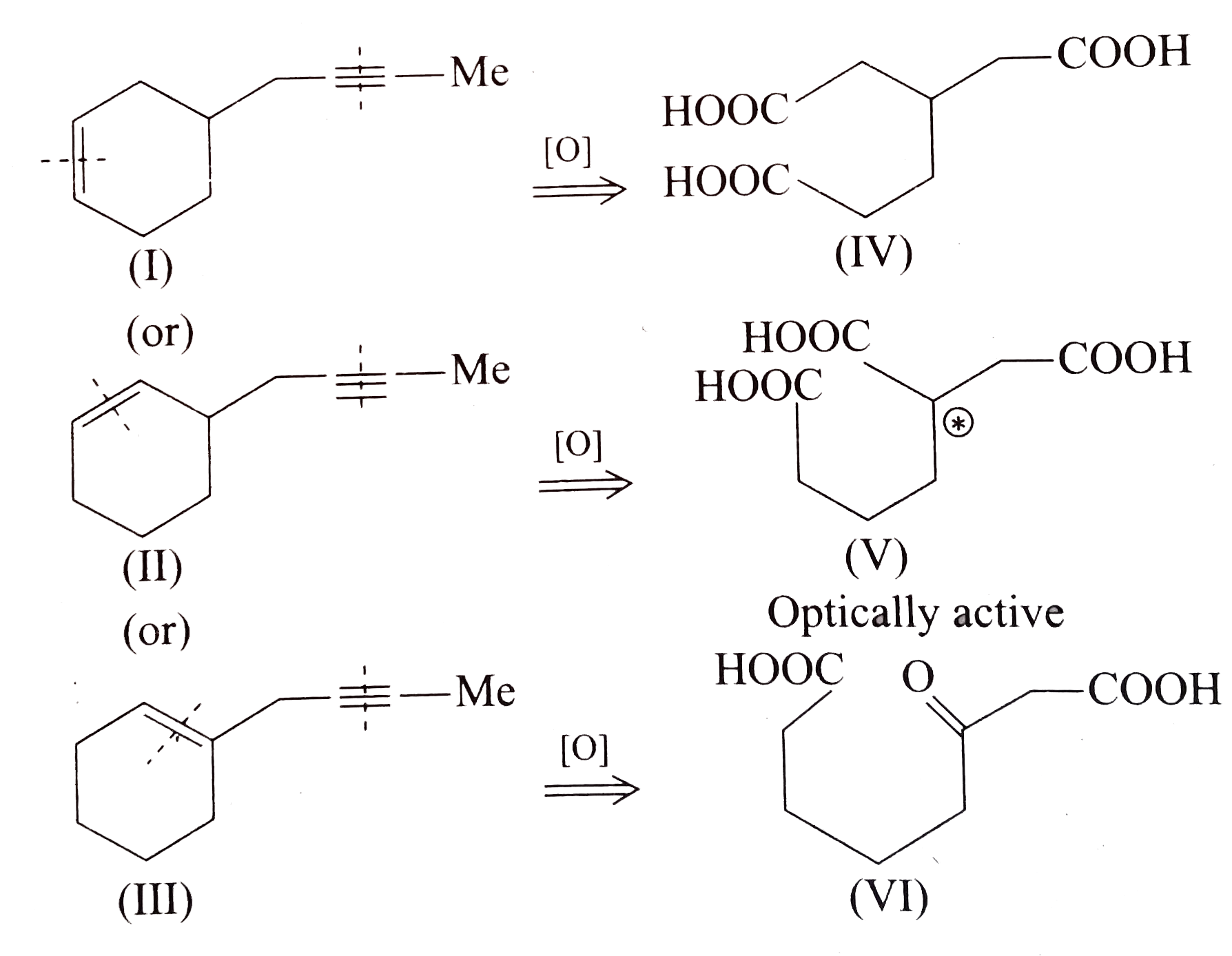
Structure (I) is possible for (A) because on oxidative cleavage of (I), the structure (IV) is same as that of (F). Structure (V) is optically active and is not same as structure (F). So structure (II) is not possible. Structure (III) is also not possible, since it is a keto diabasic acid and is not same as the structure of (F).
So the structure of A⇒(I)
Reactions:
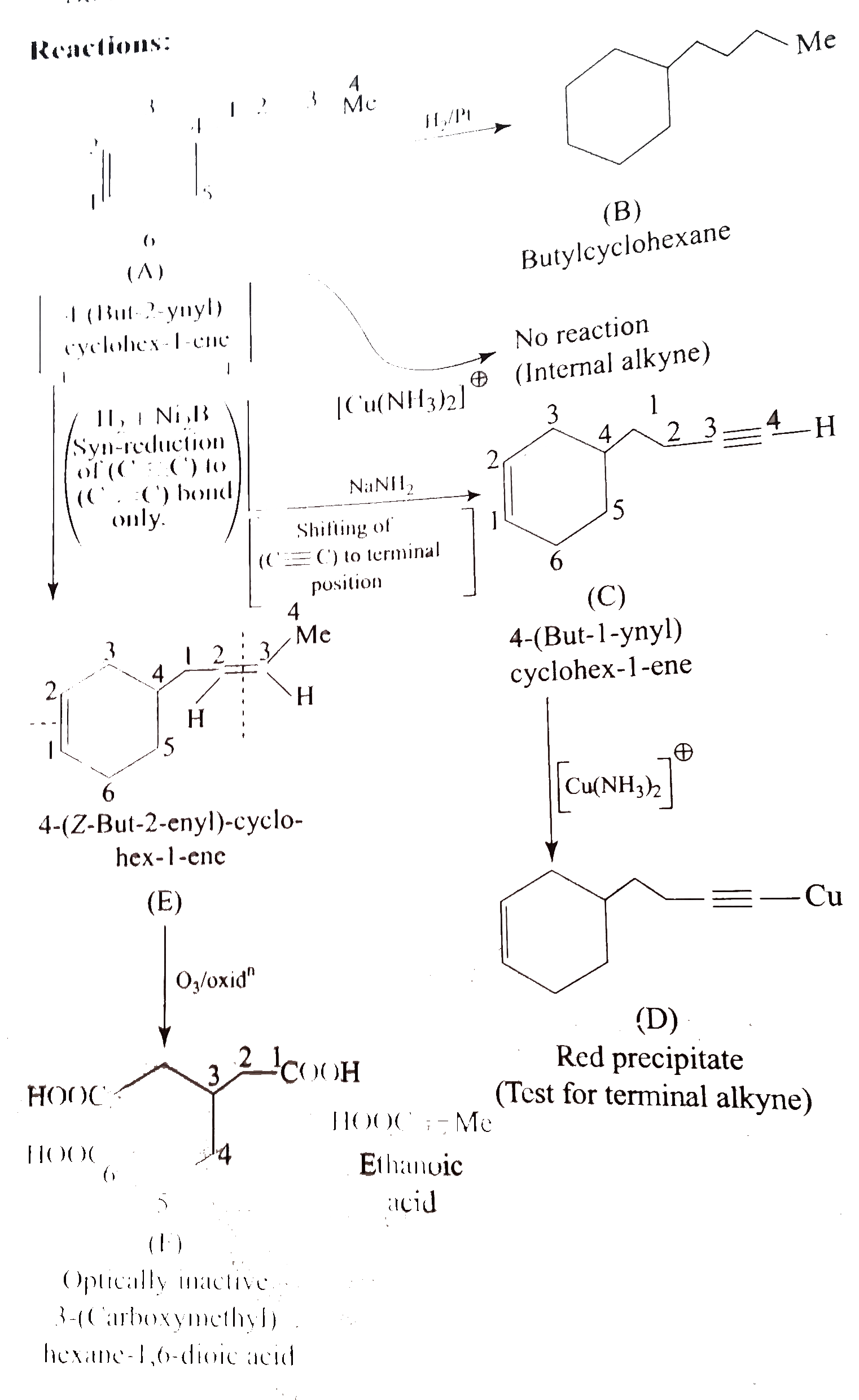
ii. If (F) is optically active, the structure of (A) would be the structure (II) as discussed above.
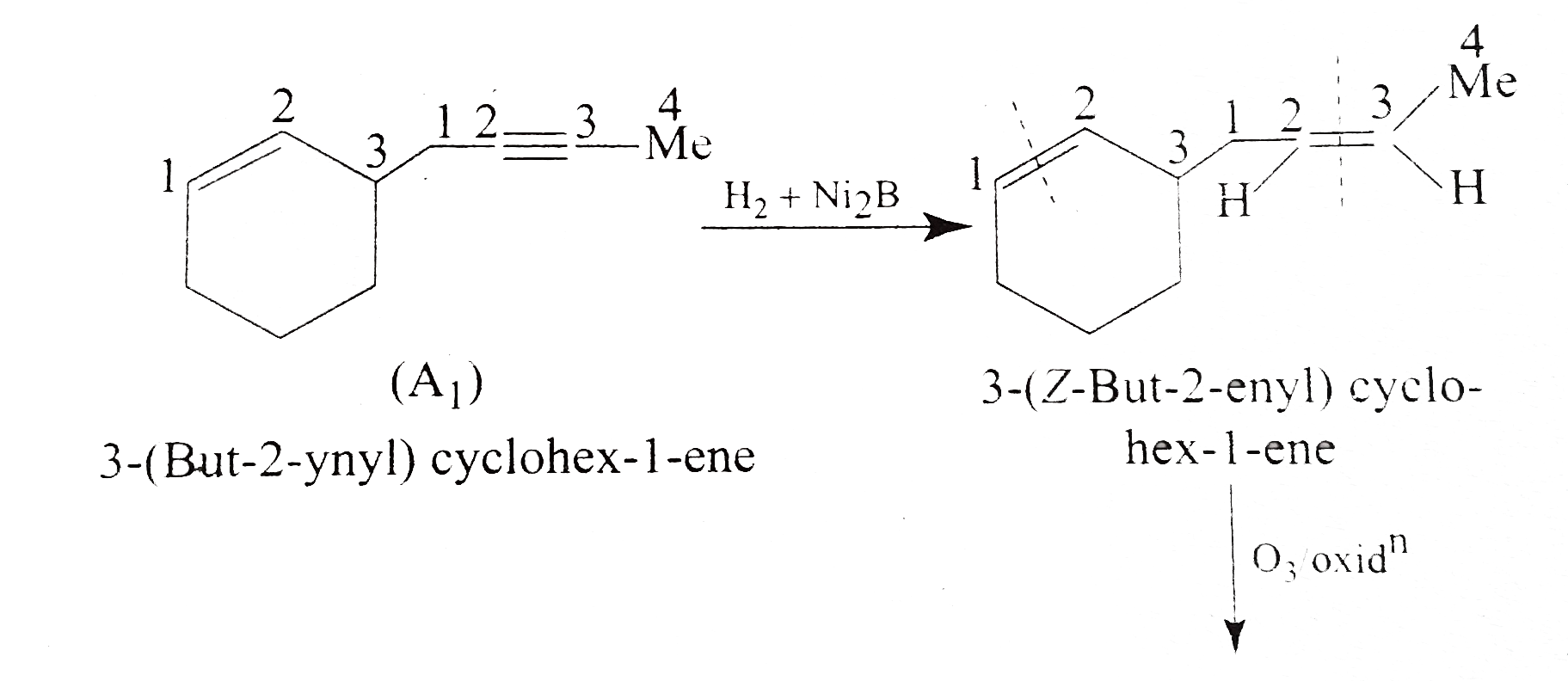
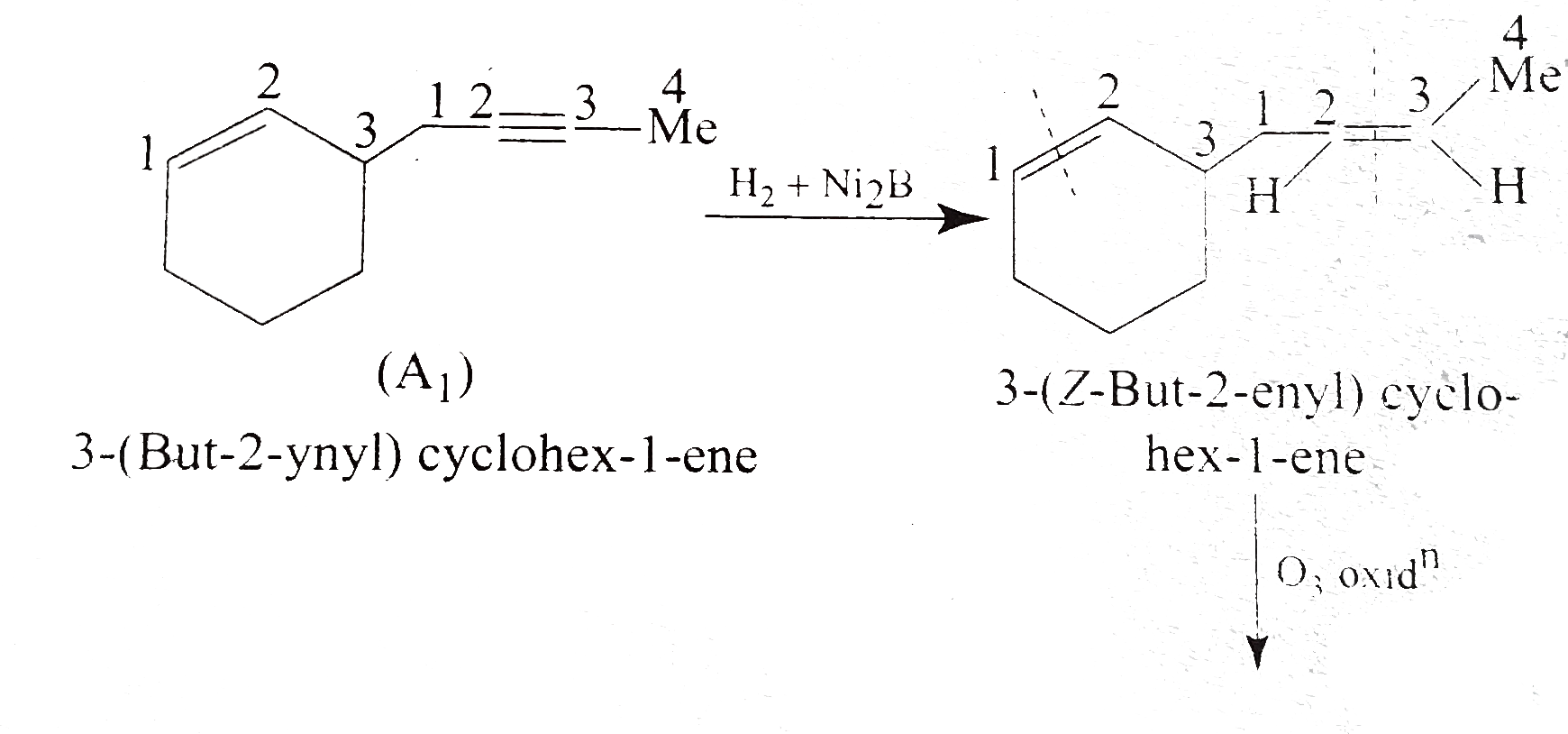
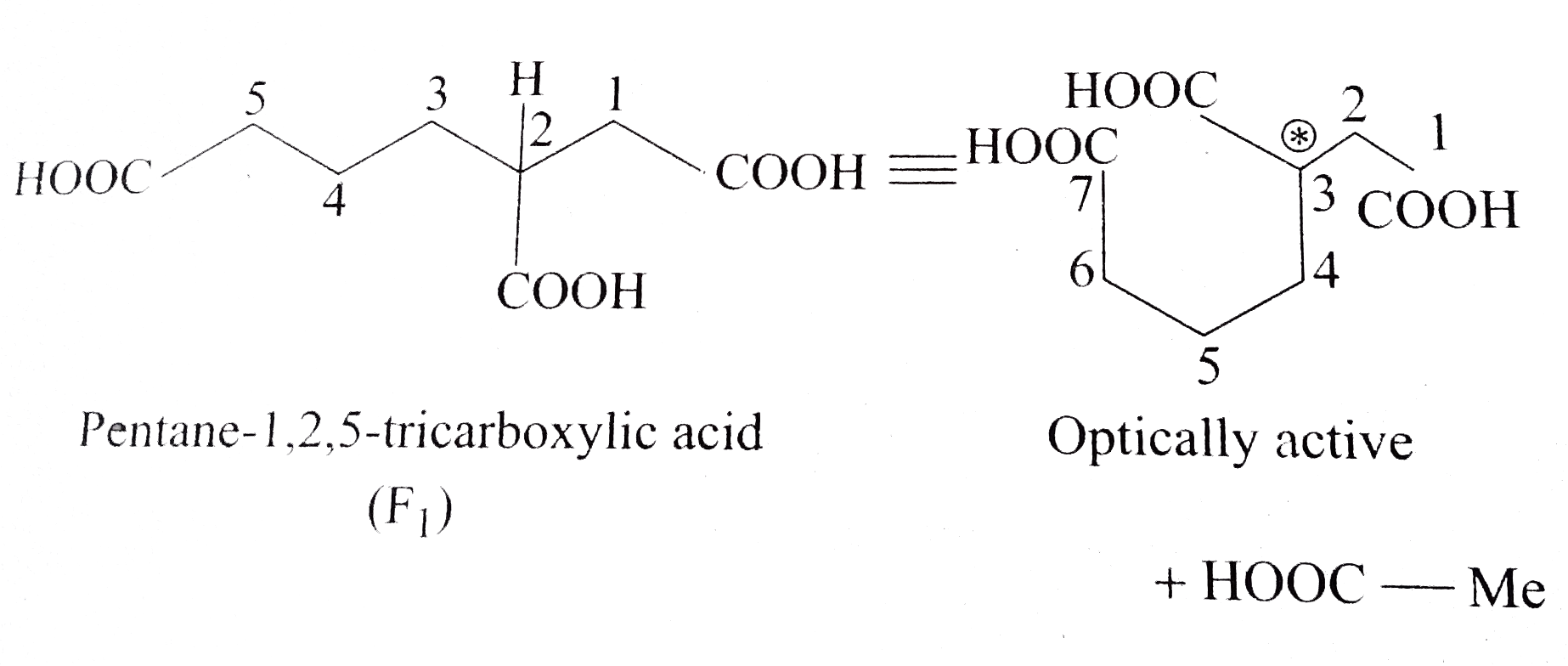
|
Topper's Solved these Questions
- ALKYNESBOOK - CENGAGE CHEMISTRY ENGLISHCHAPTER - ALKYNESEXERCISE - Solved Examples
24 Videos
- ALKYNESBOOK - CENGAGE CHEMISTRY ENGLISHCHAPTER - ALKYNESEXERCISE - Exercises (Subjective Type)
31 Videos
- ALKENES AND ALKADIENESBOOK - CENGAGE CHEMISTRY ENGLISHCHAPTER - ALKENES AND ALKADIENESEXERCISE - Single correct Answer
14 Videos
- APPENDIX - INORGANIC VOLUME 1BOOK - CENGAGE CHEMISTRY ENGLISHCHAPTER - APPENDIX - INORGANIC VOLUME 1EXERCISE - chapter-7 Single correct answer
1 Videos
Similar Questions
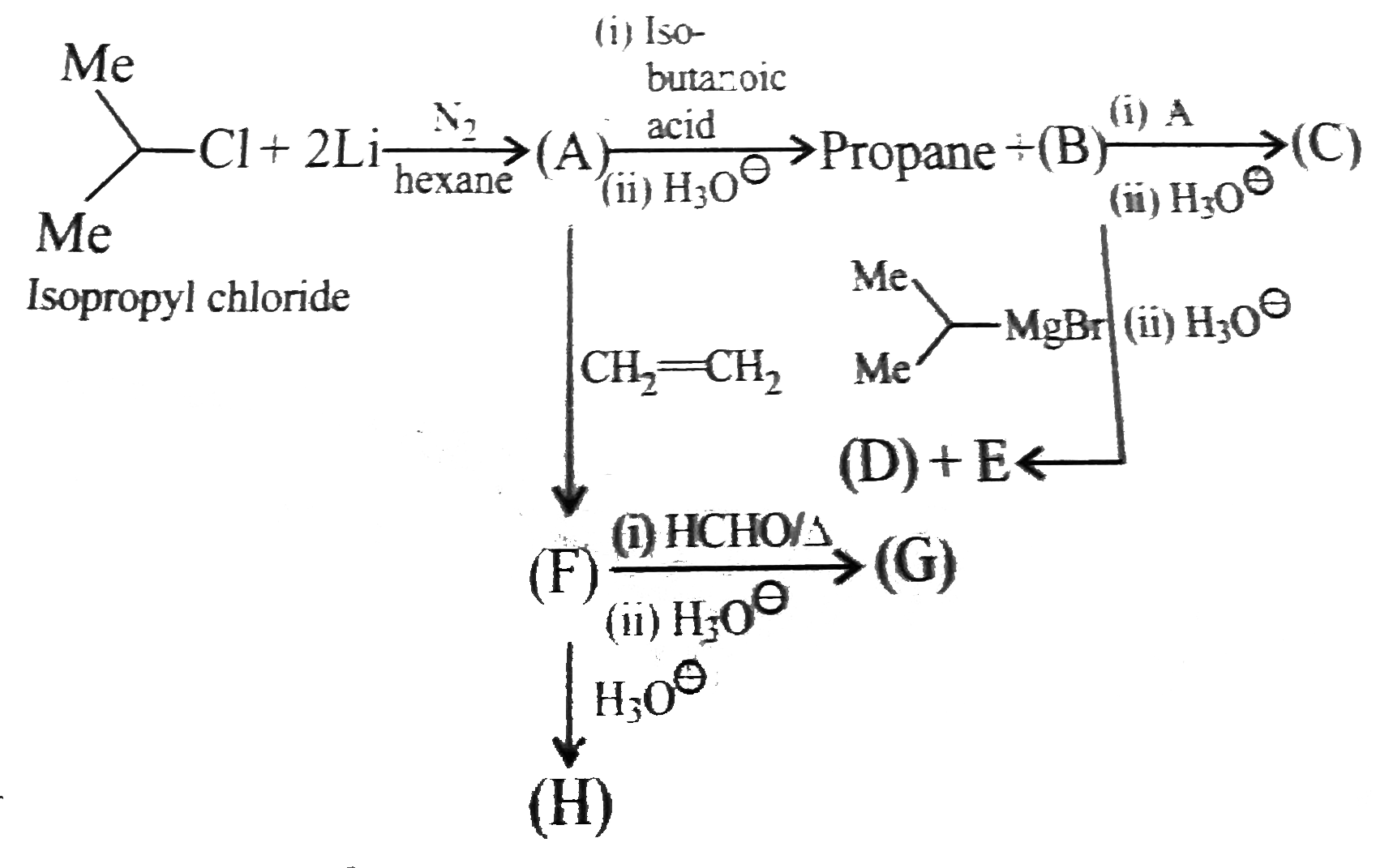
The structure of product (F) is :
View Solution
Identify B to F
View SolutionWhat would be the correct structure of β−D−Glucose?
View SolutionWrite down the structures of the (E) and (F).
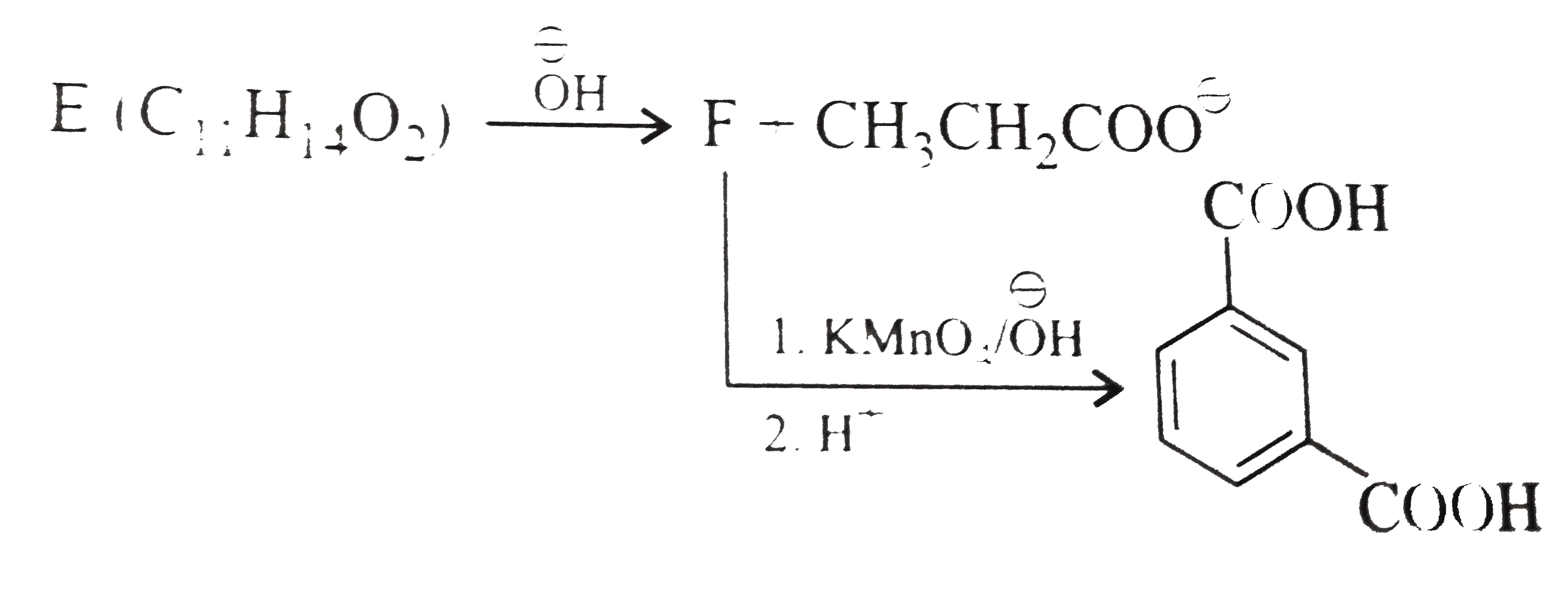 .
.
View SolutionLewis -structure F2O
View SolutionDraw structure N2F4
View Solution
How many structures of F is possible?
View Solution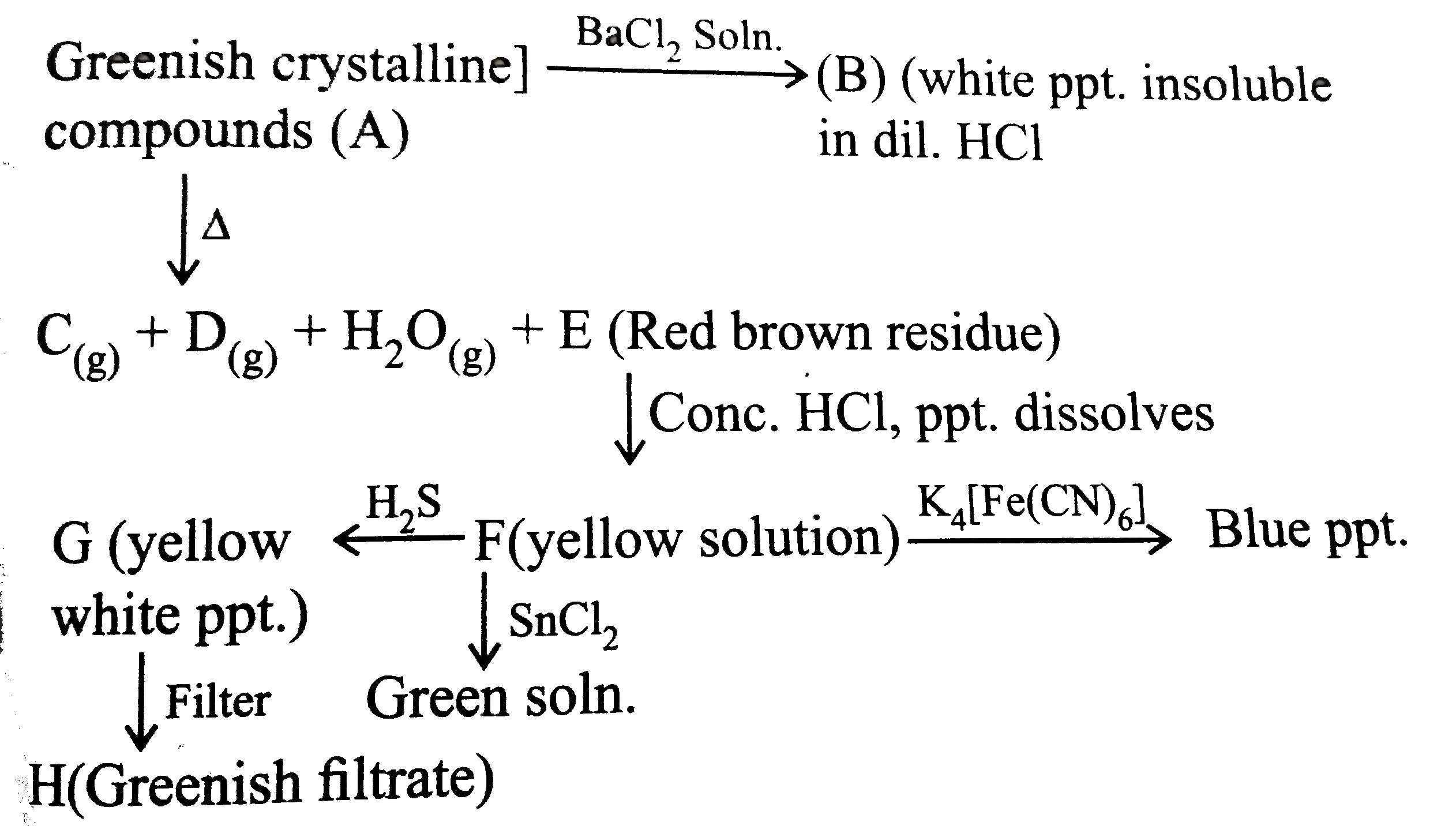
Identify yellow solution F
View SolutionHow many structures for F are possible
 .
.
View Solution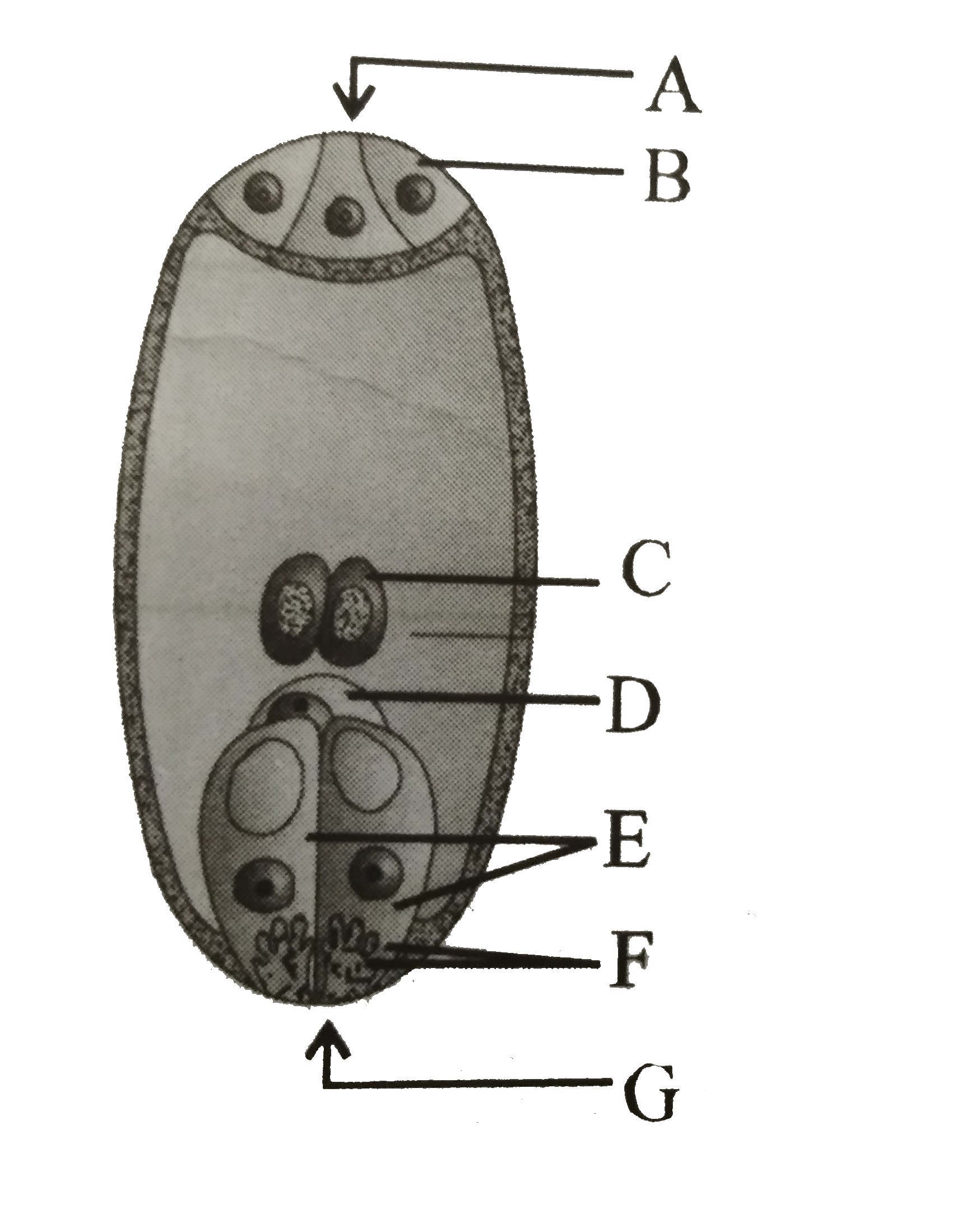
Identify A, B, C, D, E, F,G
View Solution
